What is Headless Commerce?
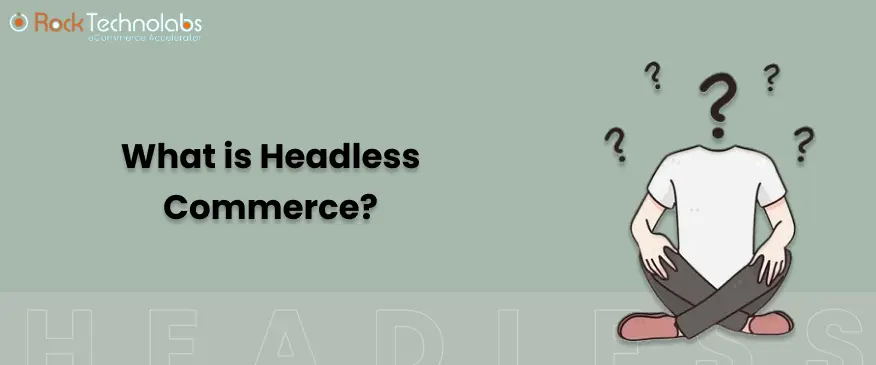
Since the past few years’ ecommerce industry has been changing rapidly with new technology and innovative platforms. Over the years, it’s muddled up the plot. Consumers’ evolving habits, from Internet of Things devices to progressive web applications, make it more challenging for eCommerce platforms to keep up with the competition.
As e-commerce changes, brands are moving toward headless commerce. The bottom line: To entice shoppers, turn them into customers, and retain them, companies must provide a unique and integrated shopping experience, and headless commerce fills that void.
As Headless continues to lead the market, reports suggest it is about to get funding of up to $1.6 billion. The Headless platform empowers developers to create fantastic e-commerce experiences. With no limitations on design or development that surpass the limit for higher sales.
Continue reading the article to explore the world of headless commerce and how it benefits businesses.
What is headless commerce?
The concept of headless commerce involves separating the front end (which includes images, text, colors, graphs, and tables) and back end (encompasses checkout process, infrastructure, security, pricing, order, and more) of an e-commerce website. As a result, retailers have more flexibility in customizing and constructing whatever they want.
With a headless setup, you can create more flexible buyer experiences. The front end of the website can be updated without affecting or interrupting with the back end, thus offering enormous flexibility to developers or store admins and assisting them to manage CMS incredibly with other functionalities.
Benefits of Headless Commerce
There are countless benefits of Headless Commerce, and utilizing them to their maximum potential will allow you to scale up your eCommerce business. Whether you are looking for business expansion or want to start it all with a new approach, Headless fills every gap.
Here’s a glimpse of the significant benefits of Headless Commerce:
The need for IT support is reduced.
Headless commerce will enable brands to provide superior shopping experiences quickly and efficiently.
Developers may make changes to the front end easily, thus saving time. As a result, web teams can execute an online store’s vision rapidly without relying excessively on the development team.
Headless commerce also makes it easier to globalize your store because of its holding onto the capabilities to support multiple currencies and languages.
Optimum conversions
With a headless commerce solution, you can try out different templates. For example, you could utilize different back-end search solutions with the same front-end search solution or vice-versa to check which strategy is bringing more traffic to the store.
This results in a headless commerce platform, allowing you to test and optimize continuously; plus support you to understand your business better and accelerate your learning curve through offering the flexibility to explore different templates and other experimental options with your store.
Maintain a competitive edge.
The advantage of using a headless commerce platform is that you can deploy updates rapidly without affecting the backend of your store. In addition, your front end can be easily modified to meet the evolving technology needs of your customers.
A major eCommerce brand using a traditional platform typically updates it weekly or biweekly. Also, eliminate the old age issue of delay to introduce your new store in the market, as both frontend and back-end developers won’t depend on each other to implement their task.
Easy integration
A headless commerce solution allows multiple tools to be linked through an API, facilitating data transmissions and connections between software systems while making communication easier. With this level of flexibility, more options exist for utilizing the data while eliminating limitations.
Plus, it has fewer boundaries when it comes to internationalization of stores as you can opt for multiple currencies and language, with more quickly executed features, and fast unexceptional speed to handle huge traffic.
Omnichannel Experience
As customers purchase across various digital platforms, they expect a consistent shopping experience from beginning to end. A Headless solution integrates all customer data into a single API layer, enabling eCommerce businesses to provide a consistent customer service experience across all customer contact points. With today’s advancements in commerce, integrating new channels into eCommerce can give businesses a leg up on the competition.
In addition, because the frontend is decoupled from the backend, developers can work on enhancing customer experience separately from the commerce engine which turnout as a higher scope for innovation without waiting for the other (back-end & front-end team) to finish.
Cons of Headless Commerce
The switch from conventional to headless commerce systems offers several advantages, although it may only be suitable for some businesses. If you are considering switching to a headless platform, you may want to be aware of some of thecons of headless commerce:
Increased costs of ownership
One of the cons that push headless commerce towards the backfoot is the increased cost of ownership. Furthermore, there are instances where you will find that the front end needs to be included, and you need to consider its cost before deciding to go headless.
Marketing Adjustments
With the front end separated, marketing must entrust IT with updating and launching the website. Thus, deadline-driven campaigns may be delayed on time unless you work closely with your team.
Re platforming can be challenging.
A headless platform can bring significant long-term benefits to a company. Despite this, there comes the challenges and time taking for the business to migrate to the new platform. At the end of the day, it also varies depending on the number of interactions you are going after on the front and back ends.
Headless Commerce vs. Traditional eCommerce Platforms
Headless platforms differ from Traditional Commerce because traditional commerce platforms are not created keeping in mind the importance of website speed, they take longer time, resulting in more abandoned carts by shoppers. Also, traditional Commerce is not in light of the decoupling. Additionally, an API-based headless solution can provide the functionality to multiple front-end applications with amazing speed across all devices. Unlike Traditional Commerce, which comes packaged with only one frontend.
Headless eCommerce platforms provide customers with consistent content experiences across various platforms. Multi-platform shopping allows customers to shop seamlessly with interruptions at lighting speed.
Online shoppers check out products and make purchases, and this information is communicated via API and processed by the backend before being displayed on the front end. On the other side, traditional commerce restricts customers to classic web stores.
Features of headless commerce that separates it from traditional commerce
Headless Commerce has advanced features, making it stand out from traditional commerce. Here are key differences that distinguish headless commerce from traditional commerce in terms of features:
Enhances the speed of time-to-value
No matter your e-commerce platform, the backend business logic, functionality, and capabilities for most software development projects make up almost 85% of the total development effort. A headless commerce platform lets you begin from the end, concentrating on the final product with less cost, effort, and time.
Customization across all levels
A headless commerce platform makes creating the look and feels your company desires possible. Although traditional commerce platforms help retailers start quickly, it limits the number of visual themes available. While stores are easy to set up, customers may need more customized on-brand experiences.
In headless commerce, designers do not need to make compromises. The brands can tailor everything they do from the moment they use it.
Multi-device support
The headless commerce site works properly on all devices, whether your customers use laptops or mobile devices. While with traditional commerce, compatibility issues may be encountered more frequently.
Several front-end developers complain that traditional e-commerce is too restrictive about design and process. Headless commerce allows front-end developers to construct a user experience tailored to the company’s requirements. Since API calls make it easy to change back-end databases, front-end development doesn’t get in the way.
Flexibility and Personalization
In traditional solutions, the front-end portion of the application is tightly coupled with the back-end infrastructure and coding, thus limiting its ability to be flexible. With a headless commerce solution, developers can create experiences from scratch without needing a front end. It allows you to adjust the look and appeal of your website.
Headless commerce platforms
Today, there are many Headless commerce platforms available in the market. There’s a difference between each of these headless commerce platforms.
Everyone’s business is different; each has different priorities and reasons for using headless commerce. Therefore, before choosing a platform, you must consider your business’s strengths, limitations, and purpose for going headless.
Listed below are the most popular headless commerce platforms.
Magento

The first name that comes to our mind when we speak about headless commerce platforms is Magento (you can call it headless Magento too). In the monolithic architecture of Magento, both frontend and backend are deeply interconnected, and Magento 1 basically operates in this way.
However, when we consider the headless architecture of Magento which is Magento 2 (Adobe Commerce), it has three independent pillars, i.e., frontend, backend, and APIs. Both the backend and front exist in parallel, thus expanding the flexibility to scale up your business with customer-centric UX/UI and accelerated developmental process.
Nonetheless, to make the Magento headless, its current version should be above Magento 2.3, and if you are still operating in Magento 1, then migrating to Magento 2 is a must.
Shopify Plus

The Shopify Plus platform offers powerful headless commerce capabilities. This solution allows you to create a virtual storefront based on any content management system (CMS) or front-end development solution.
Shopify Plus Storefront API offers brands to create fast, engaging online storefronts compatible with web, mobile, video games, and more. Furthermore, it can flawlessly integrate with various business management systems such as ERP, PIM, CRM, and CMS. A large network of Shopify Plus business partners is available to assist you in setting up a headless storefront quickly.
Fabric

As a headless-first commerce solution, Fabric eliminates the need to re-platform to move forward. There are countless ways through which businesses and brands can use it.
The businesses have the choice to go for the entire solution or either they have to stick to choosing certain elements, which include OMS and XM. As well as integrating with third parties, brands can build custom solutions based on Fabric.
Spree
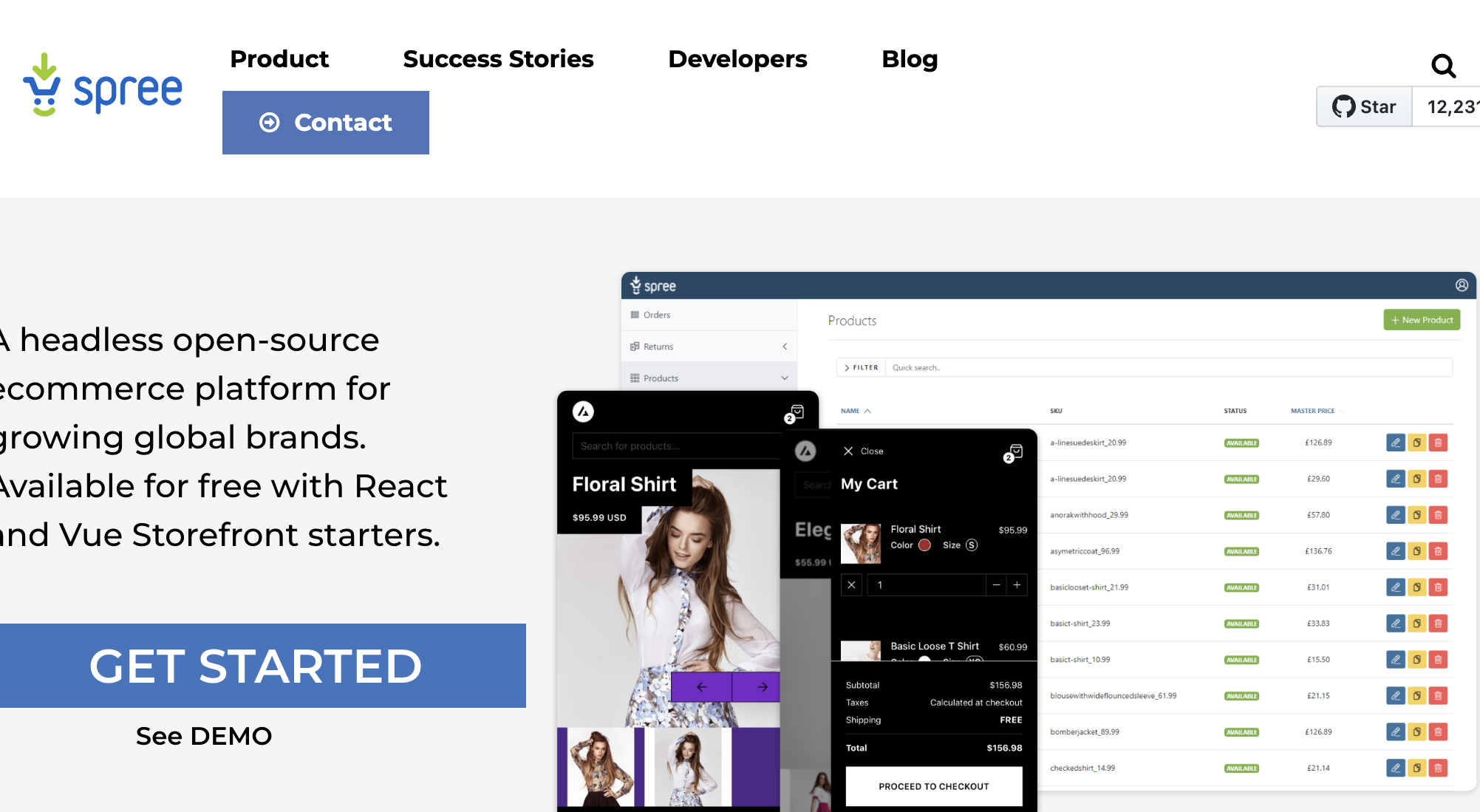
As a headless commerce platform, Spree provides subscription services, B2B brands, and marketplaces. It provides a lightweight API for creating storefronts, seamless checkouts, and mobile applications. Moreover, it can connect seamlessly to essential third-party systems such as ERPs, PIMs, warehouse management systems, etc.
BigCommerce
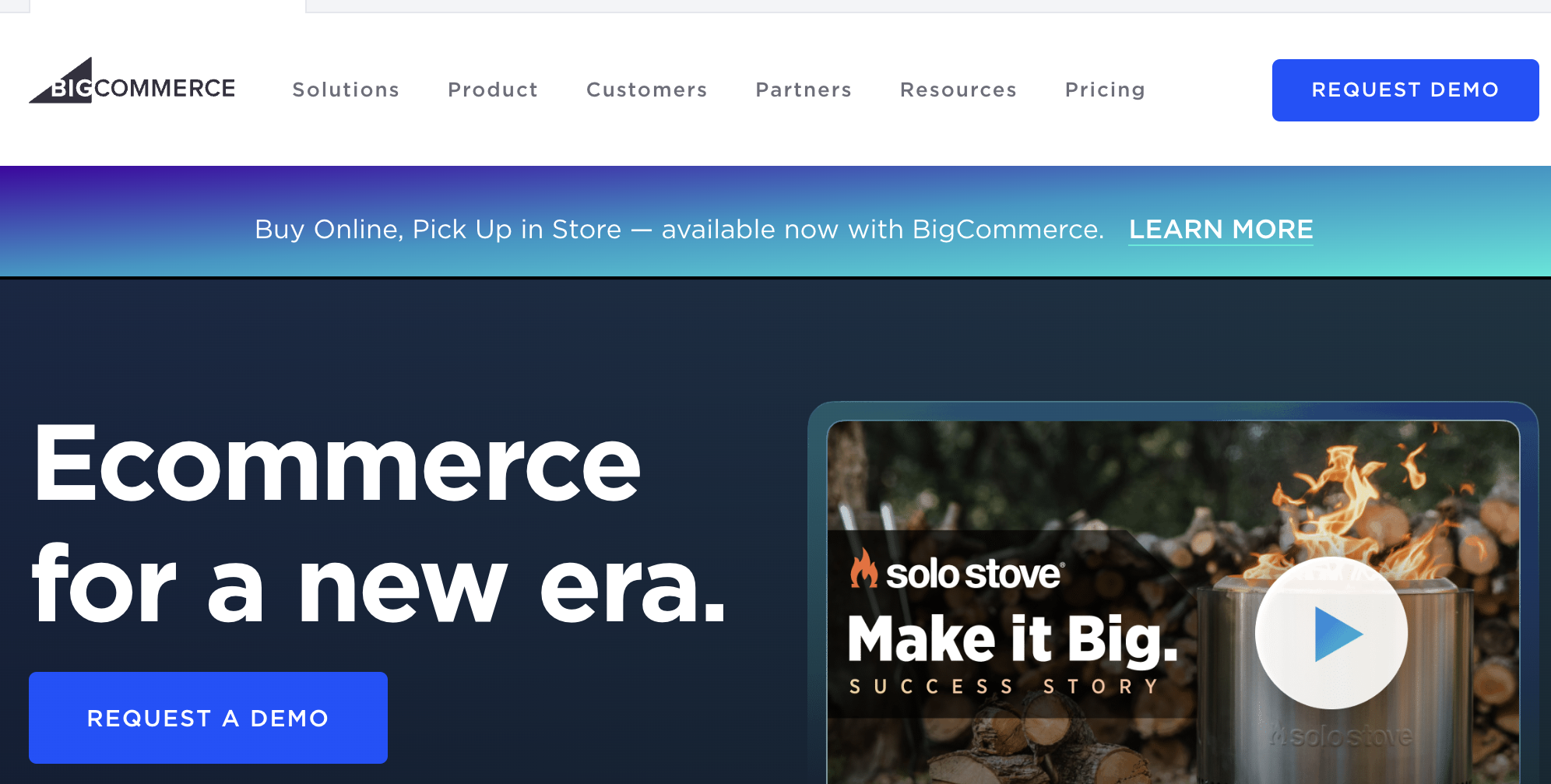
BigCommerce is a giant headless commerce platform that’s worth the attention. Though there is stiff competition between Shopify Plus and BigCommerce, it remains the top platform to consider. However, BigCommerce has a smaller number of users.
BigCommerce offers more than typical headless eCommerce features, including pre-built connectors to well-known CMSs, DXPs, and front-end frameworks.
Core DNA
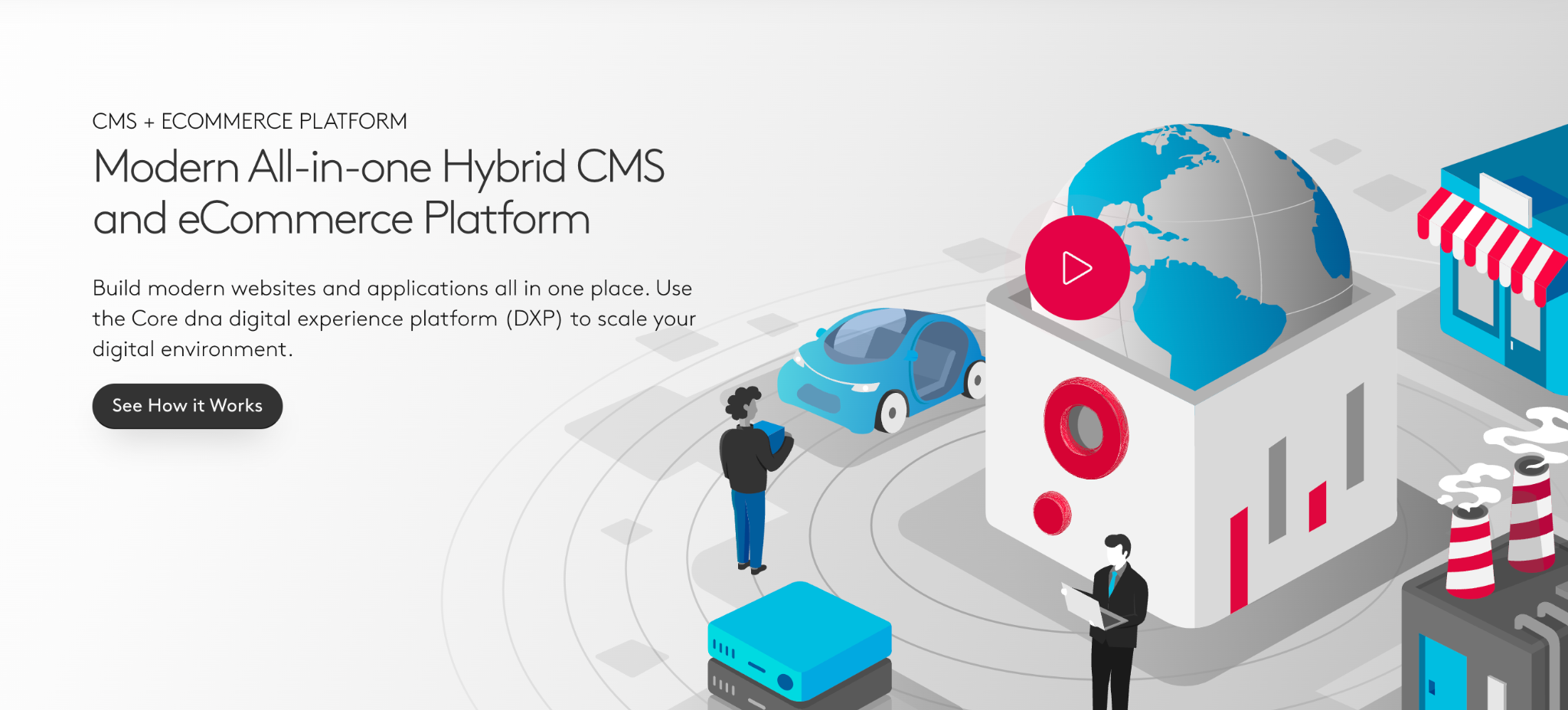
It is an all-in-one headless Commerce solution that supports omnichannel eCommerce as a digital experience platform (DXP) with eCommerce capabilities, web content management capabilities, and APIs. This platform is amazing for those merchants who love new features as it comes with frequent updates every two weeks. Core DNA is the solutions for commerce and content having minimum or almost no technical challenges.
Top Headless Commerce Examples
There are major misconceptions in the market regarding the brands that have gone headless. But here we have brought you the list of the top brands that have moved to Headless Commerce and have experienced incredible results.
Continue to read to explore the top Headless commerce examples:
KOTN

Kotn is one of the world’s largest online clothing retailers. They recently moved to Headless Commerce and consolidated two website stores into one. Among the new single storefront features were a new website CMS, a checkout page, and custom product pages.
Personalized out-of-the-box experiences could be delivered without custom apps or hacks. Having gone headless, Kotn can now make site changes more quickly.
BabyList
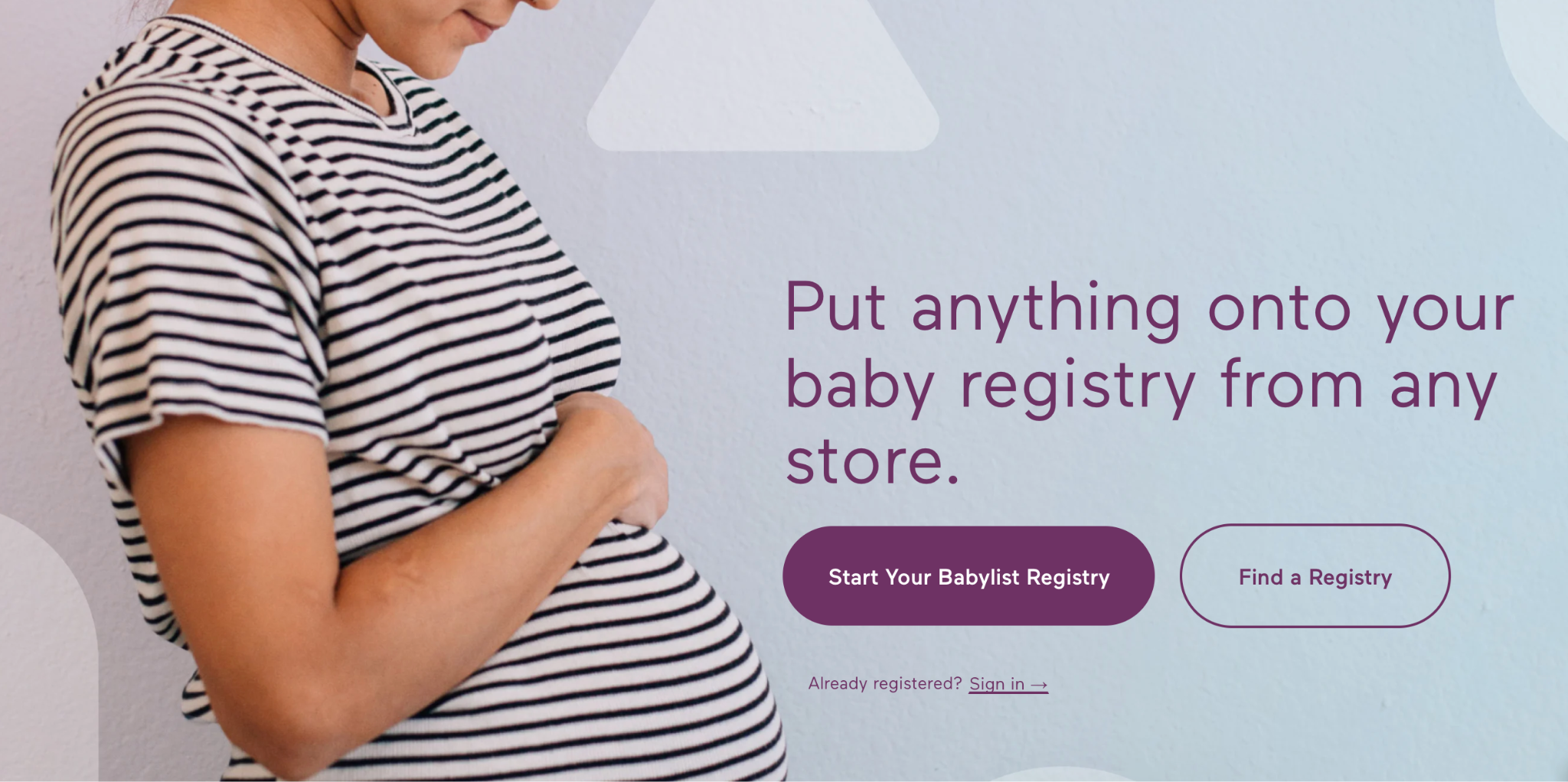
BabyList is another headless commerce example. With BabyList, parents can look for various items from across the Internet, such as diaper subscriptions and other gifts, for their infants.
As the brand goes headless commerce solution, they can provide a seamless shopping experience to the customers.
Target

There is intense competition in the market among various retailers and bigger brands; thus, customers are quickly transitioning from one platform to another. To keep up with the competitive market, Target adopted a headless commerce approach to capitalize on this growth opportunity. As a result, the conversion rate increased after the new unified experience made it easier for users to complete their purchases.
Nike

Although Nike has your back from top to bottom, the brand has gone headless to increase sales on mobile devices. The main objective of the front-end customer experience has been to provide the shopper with a personalized experience that caters specifically to their requirements. This has enabled this leading brand to increase its mobile revenue steadily.
Conclusion
Is headless the way to go? There is no one-size-fits-all answer, and it depends on your goals. With headless commerce, large online stores can offer an excellent shopping experience at all locations throughout the customer journey. Over time, a headless transition will pay off in time, money, and resources.
As the year goes on, there will be a growing interest in headless architecture. With e-commerce competition getting fiercer, online merchants need new ideas. If you think that headless commerce could be the solutions for scaling up your retail business, let Rock Technolabs team of developers help you in guiding how to start with a headless commerce platform, just give us a call at – +91 79 4004 8843





